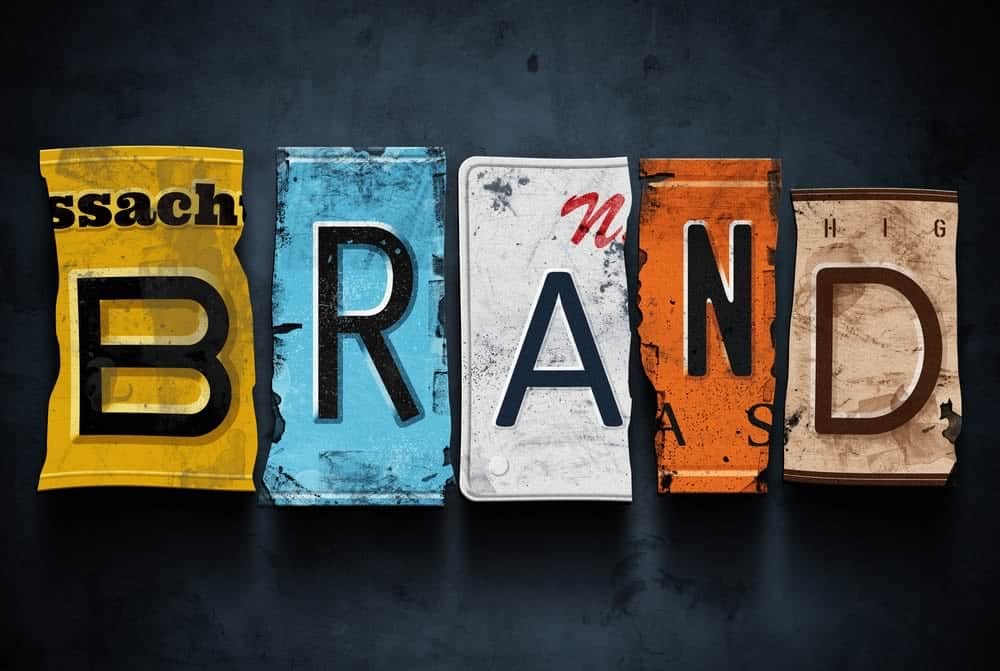Don’t get hung up on thinking that all the best advertising to promote your brand comes with big costs like television or radio marketing campaigns.
It’s said that over 90% of all consumers buying behaviour is driven by their unconscious minds. This is great news when it comes to promoting your brand, because it means that something as small as a printed paper bag can have a strong marketing presence in the unconscious mind of thousands of people.
Being in the bag business, we think printed bags are the obvious place to start when it comes to unconscious branding.
Give some thought to the message you want to get across; what do you want to be known for? Is it luxury products, good food, being a fashion leader, or a tech expert? Next, with the help of an expert design team (we have one here at The Printed Bag Shop) you can create a design that throws out that message to the unconscious minds of your customers and everyone who sees the bag on its travels.
Maximising the potential of your packaging or carrier bags is an invaluable way of upping your brand’s unconscious exposure. Someone spotting your branding from the corner of their eye in a customer’s hand on the high street makes them aware of it, whether consciously or not. Making the most of these small opportunities to repeatedly expose the public to your brand could, in the long run, mean they bring their business to you.
A study into unconscious branding
A study from the Association for Psychological Science in America in 2014 showed how consumer preferences can be affected through unconscious exposure to branding. The research involved subliminally exposing 30 women to brand impressions before they looked at a range of clothing, and showed that their liking for certain brands impacted how they rated the clothing, even though they had only experienced the brand subconsciously.
The participants were exposed to the brand for only three-hundredths of a second, and although they weren’t aware of what they were seeing, their pupils dilated at the sight of a brand they liked or disliked, showing how even a subliminal impression of a brand could trigger an emotional response.
Various pieces of academic research have shown that unconsciously processing something can change preferences; Douglas Van Praet’s work ‘Unconscious Branding’ explores the idea that consumers make the majority of their purchasing decisions unconsciously, but that most marketing processes ignore this.
Market research is often undertook to attempt to understand why people buy what they do, and what product they would like to be developed, but what if even they don’t know what influences their buying preferences? Iconic Apple inventor Steve Jobs understood this concept; when asked how much research went into the creation of the iPad, he replied with ‘None. It isn’t the consumers’ job to know what they want’.
Neuroscience research has found that when the unconscious mind identifies a good opportunity, product, etc it produces a positive emotion which triggers the brain to act; this could be to visit your shop or buy your product.
Identify your customers’ implicit motivations
Unconscious branding can help your business when you understand what motivates your target market to purchase. Beyond Reason has a put together a comprehensive model of implicit motivations after psychological and neuroscience studies, with eight key motivations broken down again into four individual categories in each.
The eight key categories are; Certainty, Individuality, Belonging, Recognition, Physiology, Sexuality, Self-Development, Power.
Take – Certainty
Most of us feel uncomfortable with uncertainty, so if your brand represents safety, stability, and reassurance make sure this is a part of your branding. For example, Marks & Spencer communicate longevity and tradition by displaying their established date (EST 1884) below its logo; a subtle effective way of showing it represents tradition and certainty.
Consider – Belonging
Humans are social animals; most of us want to belong to a group, community or team. This implicit motivation includes empathy and relatedness. Tesco use this unconscious branding when demonstrating their empathy and compassion for those less fortunate through their Community Food Connection initiative.
Forget about big-money-advertising
There is more out there to read on the subject to convince you that unconscious branding can help your business if you need it. The main thing to remember is that you don’t have to spend big money on your marketing to get big results.
Start getting your unconscious branding out there on your printed bags and packaging; talk to the sales team at The Printed Bag Shop today!


